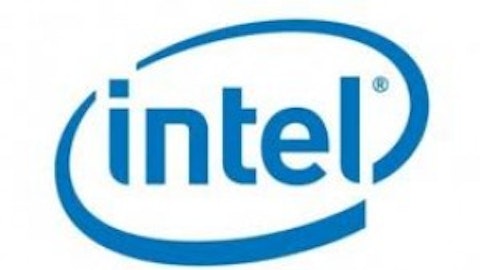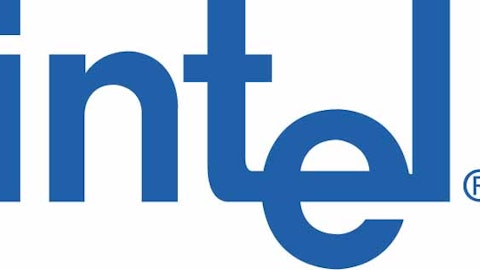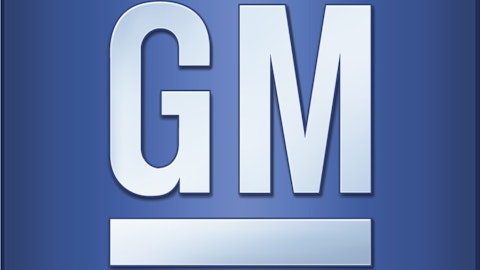On this day in economic and business history…
The battle between massive, monopolistic companies and legislative crusaders dates back well more than a century in the United States. Antitrust efforts produced well-known results in the oil and telecom industries, but one lesser-known (and far less hotly contested) battle produced equally important results for the aviation industry, which on Sept. 5, 1934, saw its leading corporation forcibly split into three parts, each of which was then listed separately on the stock exchange. Those parts still exist today as The Boeing Company (NYSE:BA), United Technologies Corporation (NYSE:UTX), and United Continental Holdings Inc (NYSE:UAL).
William Boeing was one of the early aviation industry’s fiercest competitors, and he was a rather keen engineer in his own right as well. His persistence paid off in the latter 1920s when The Boeing Company (NYSE:BA) became a key supplier of airmail planes and could boast of operating “the largest [aircraft] plant in America.”
At the end of the decade, The Boeing Company (NYSE:BA) formed the United Aircraft and Transport Corporation, which cobbled together what was indisputably the nation’s largest aircraft-manufacturer out of several former competitors. The company’s industry-leading size earned it a spot on the Dow Jones Industrial Average (INDEXDJX:^DJI) within a year of its formation. Two years after UATC’s creation, The Boeing Company (NYSE:BA) assembled United Air Lines — now United Continental Holdings Inc (NYSE:UAL) — out of three smaller airlines. This amalgamation was pushed forward by the Air Mail Act of 1930, which effectively created regional aviation monopolies, with United controlling the northern routes. Then William Boeing not only dominated aircraft manufacturing, but also led the nascent air-transport industry.
The transition from a Republican to a Democratic administration quickly raised questions about the Air Mail Act of 1930, which appeared to promote shady dealing and anticompetitive practices in delivering mail for the U.S. Postal Service. An effort to transition airmail delivery to the U.S. Army Air Corps proved a disaster when a number of inexperienced pilots crashed during an unusually bad winter. Ten Air Corps pilots died before the new airmail service had flown a million miles, and there were a total of 66 accidents between February and June of 1934 — a truly abysmal record of safety as compared to the previous for-profit delivery services.
To save face, President Franklin D. Roosevelt reinstated commercial airmail delivery with the Air Mail Act of 1934, signed into law in mid-June. However, this new act came with one harsh condition aimed squarely at The Boeing Company (NYSE:BA)’s UATC: Holding companies that combined aviation manufacturing with air transport services were simply outlawed altogether. William Boeing was unable to fight back against this enforced breakup and decided simply to sell his interests in the company and essentially retire at the age of 52. The Boeing Company (NYSE:BA) took over UATC’s western U.S. manufacturing operations. United Aircraft Corporation — now United Technologies Corporation (NYSE:UTX) — took over UATC’s manufacturing east of the Mississippi. United Air Lines became an independent airline. The three companies are worth a combined $180 billion today, 79 years after they were split apart.
War bounce
The Dow Jones Industrial Average (INDEXDJX:^DJI) experienced one of the best days in its history on Sept. 5, 1939, its first full day of trading following the German invasion of Poland. The index closed the day up 9.5% on the largest volume in two years — 5.9 million shares exchanged hands, and some estimates pegged the market’s total gain at $3.5 billion, which would be equal to about $60 billion today. The frenzied buying resulted in reported gains greater than any day in history to that time, excepting the one immediately following President Franklin D. Roosevelt’s post-inauguration banking holiday.
Wall Street was clearly on the prowl for “war brides” at the stock exchange, as metals and all manner of companies that used them surged forward, dragging nearly every company that might possibly provide war materiel to America’s European allies up with them. The New York Times reported that “Many traders … were evidently acting on expectations that neutrality legislation, forbidding exports to belligerents of arms, ammunition and implements of war … would soon be altered.”
This hope was borne out two months later when Roosevelt signed a newer Neutrality Act into law that reinstated an allowance for belligerent nations (in practice, Britain and France) to purchase arms and materiel with cash. However, the Dow Jones Industrial Average (INDEXDJX:^DJI) had already given up hope for further gains by this point: The index peaked a week later and would wind up spending the next two and a half years in a bear market.
Good luck charm
Walt The Walt Disney Company (NYSE:DIS) debuted his first original cartoon character, Oswald the Lucky Rabbit, on Sept. 5, 1927. The Walt Disney Company (NYSE:DIS) had contracted with Universal Studios, through Winkler Pictures (an earlier partner), to distribute new cartoons in the summer of 1927, but his first submission was underwhelming, and the distributor requested changes. A reworked Oswald, starring in Trolley Troubles, suitably impressed Universal, which copyrighted Oswald immediately. The Walt Disney Company (NYSE:DIS) went on to produce 25 more Oswald cartoons before Winkler Pictures poached most of his animators in an effort to produce the cartoon shorts on its own.
To cope with the loss of his first real success, The Walt Disney Company (NYSE:DIS) came up with the idea of a mouse character, who debuted in November of 1928. The mouse, in many ways a stylistic modification of Oswald who retained much of his predecessor’s personality, became far more successful than Oswald, which is one good reason why nobody owns stock in Winkler Pictures today. The Walt Disney Company (NYSE:DIS) eventually reacquired the rights to Oswald the Lucky Rabbit in a 2006 trade that sent Al Michaels, then an ABC/ESPN football sportscaster, to NBC. Oswald has since returned to prominence as a star in the video game series Epic Mickey, in which he first opposes and then unites with the mouse that pushed him out of the picture so many years ago.
The article Boeing’s Bad Breakup and Disney’s Lost Lucky Charm originally appeared on Fool.com is written by Alex Planes.
Fool contributor Alex Planes holds no financial position in any company mentioned here. Add him on Google+ or follow him on Twitter @TMFBiggles for more insight into markets, history, and technology.The Motley Fool recommends Walt Disney. The Motley Fool owns shares of Walt Disney.
Copyright © 1995 – 2013 The Motley Fool, LLC. All rights reserved. The Motley Fool has a disclosure policy.




